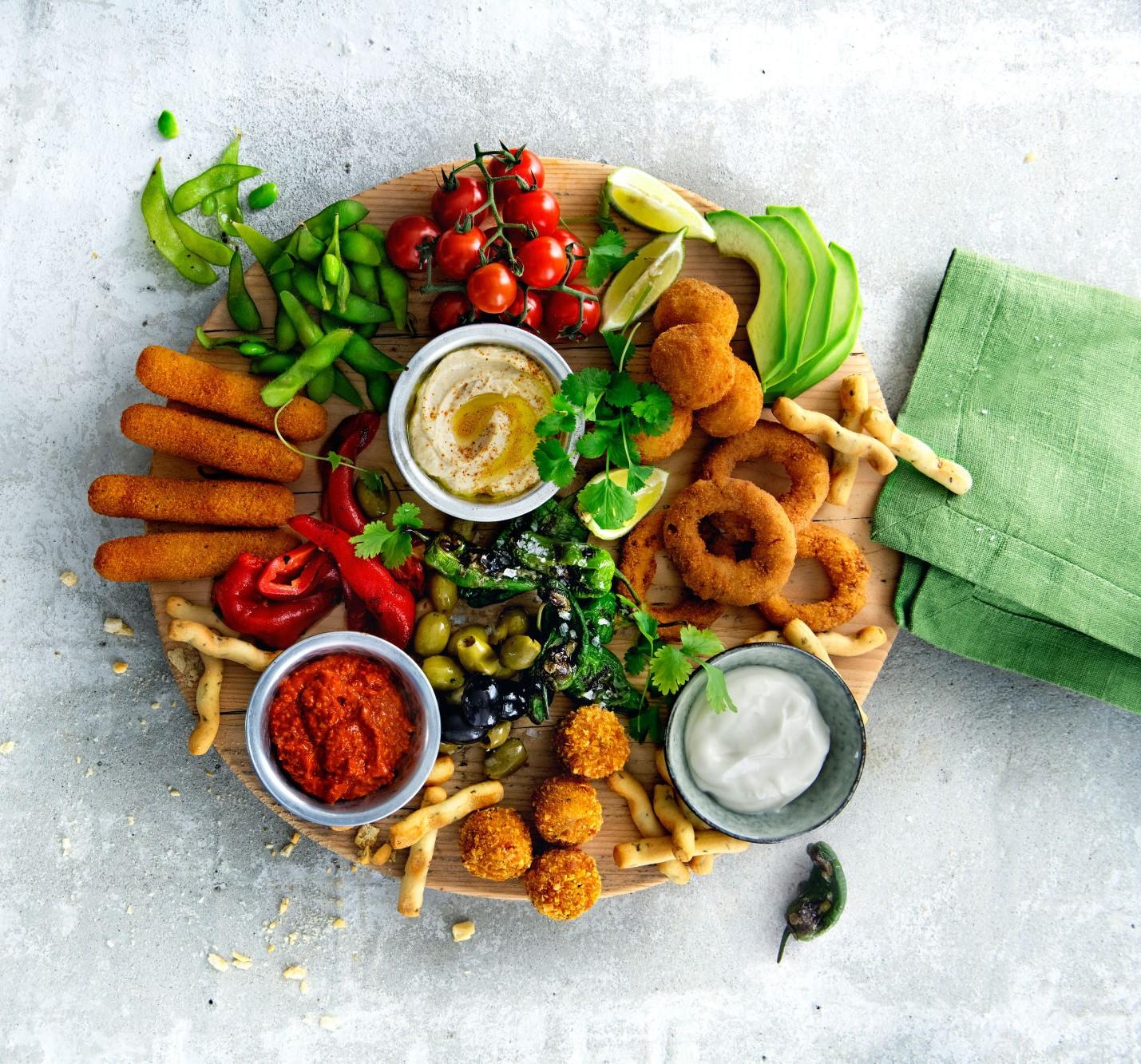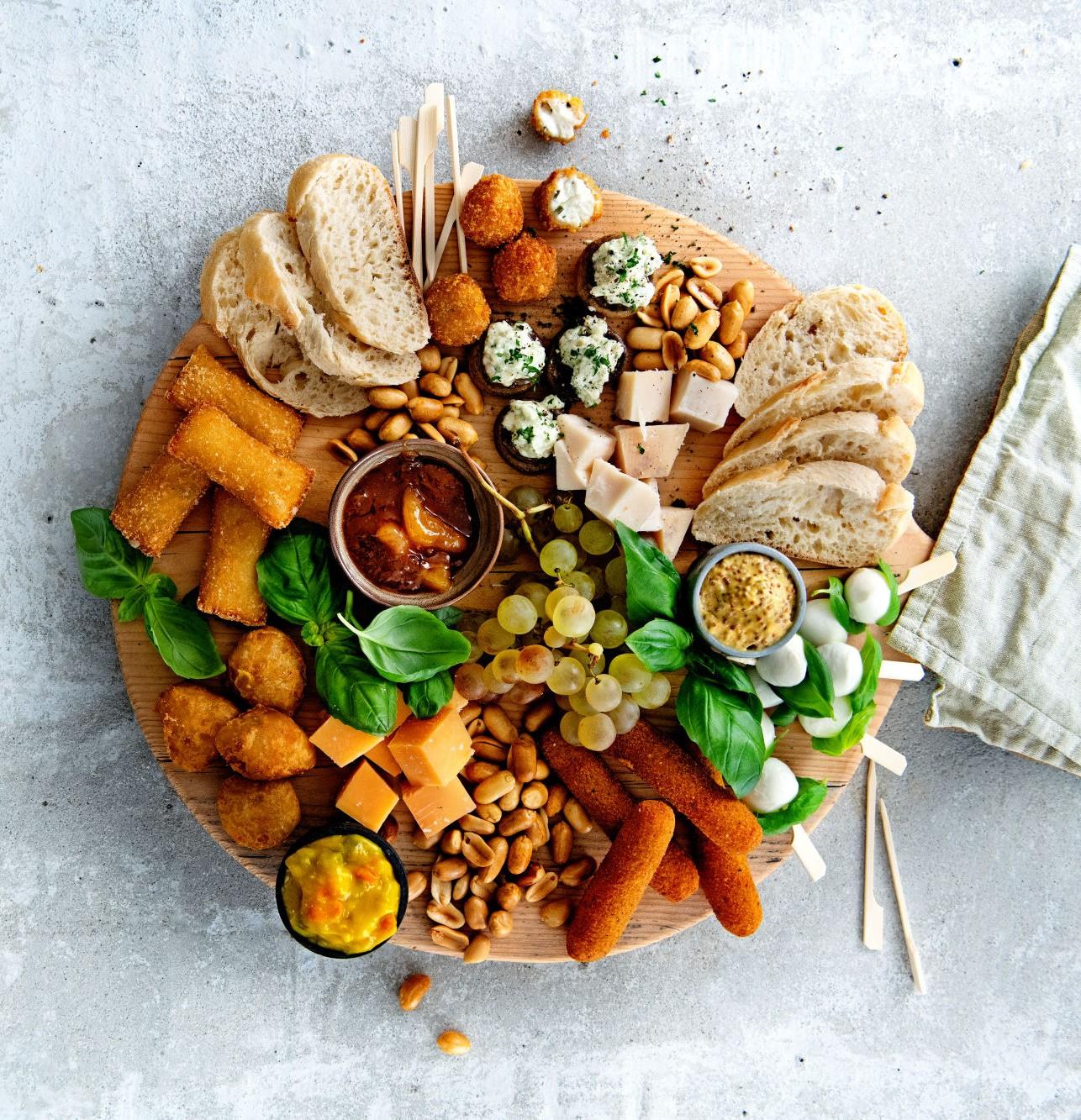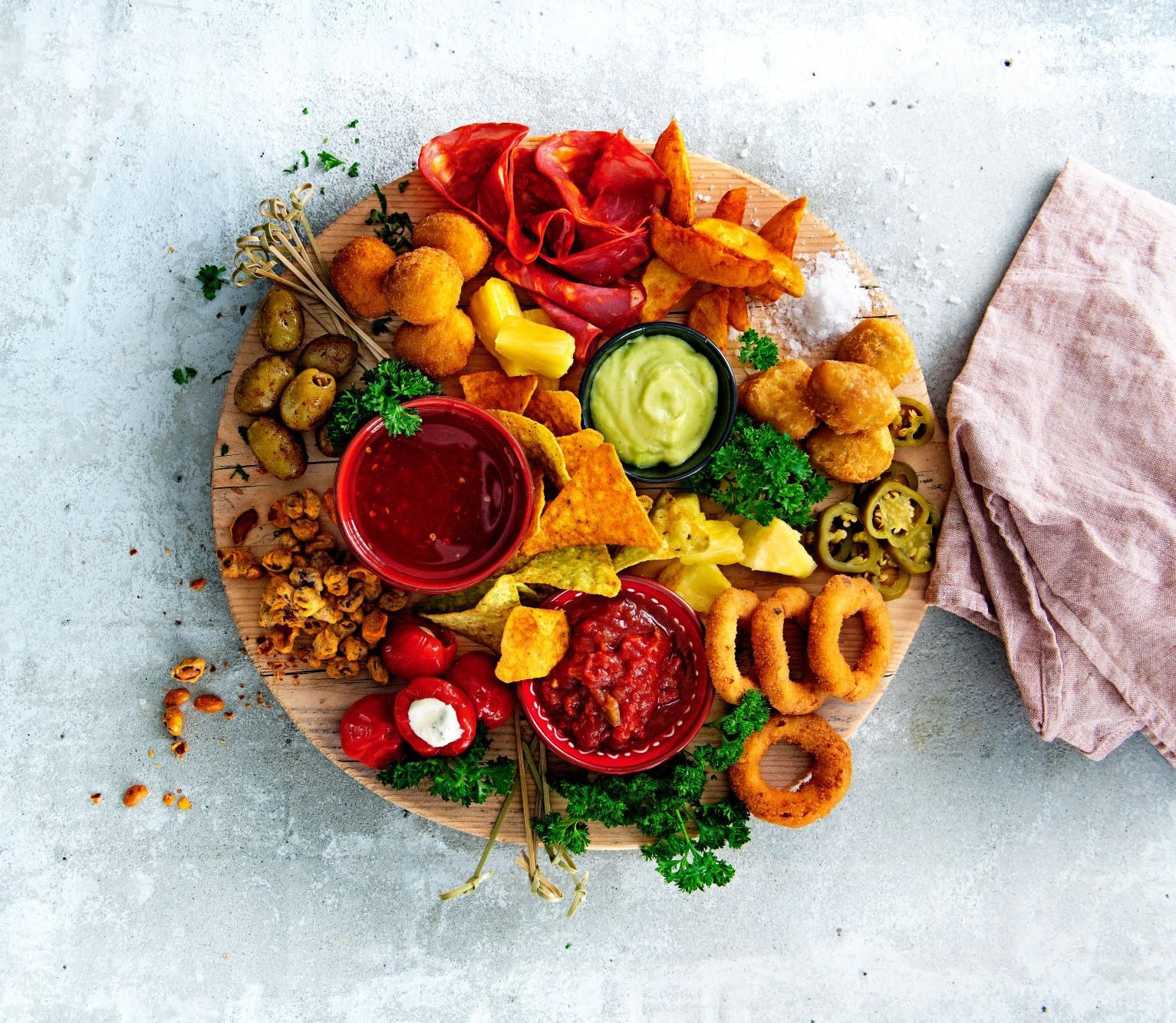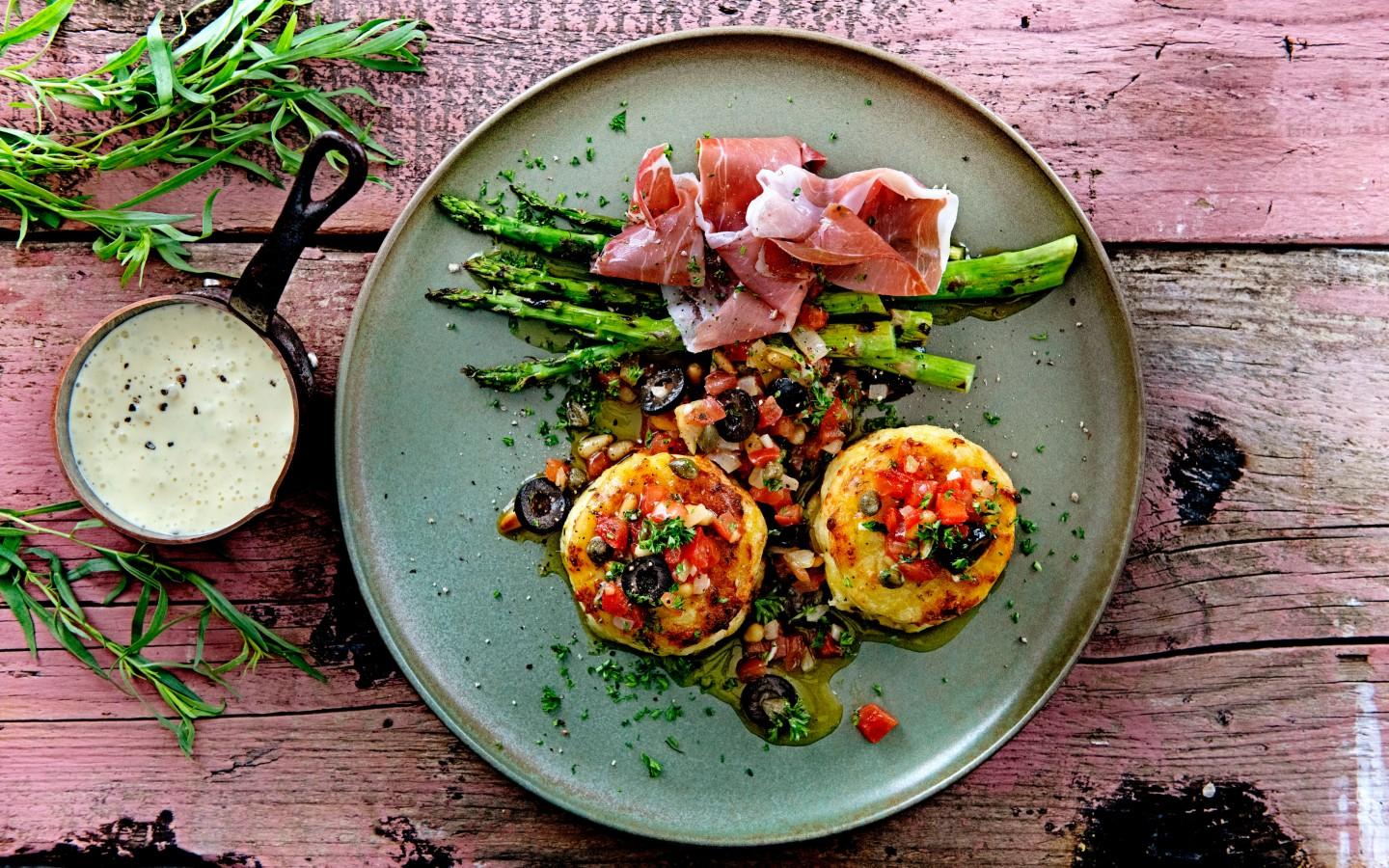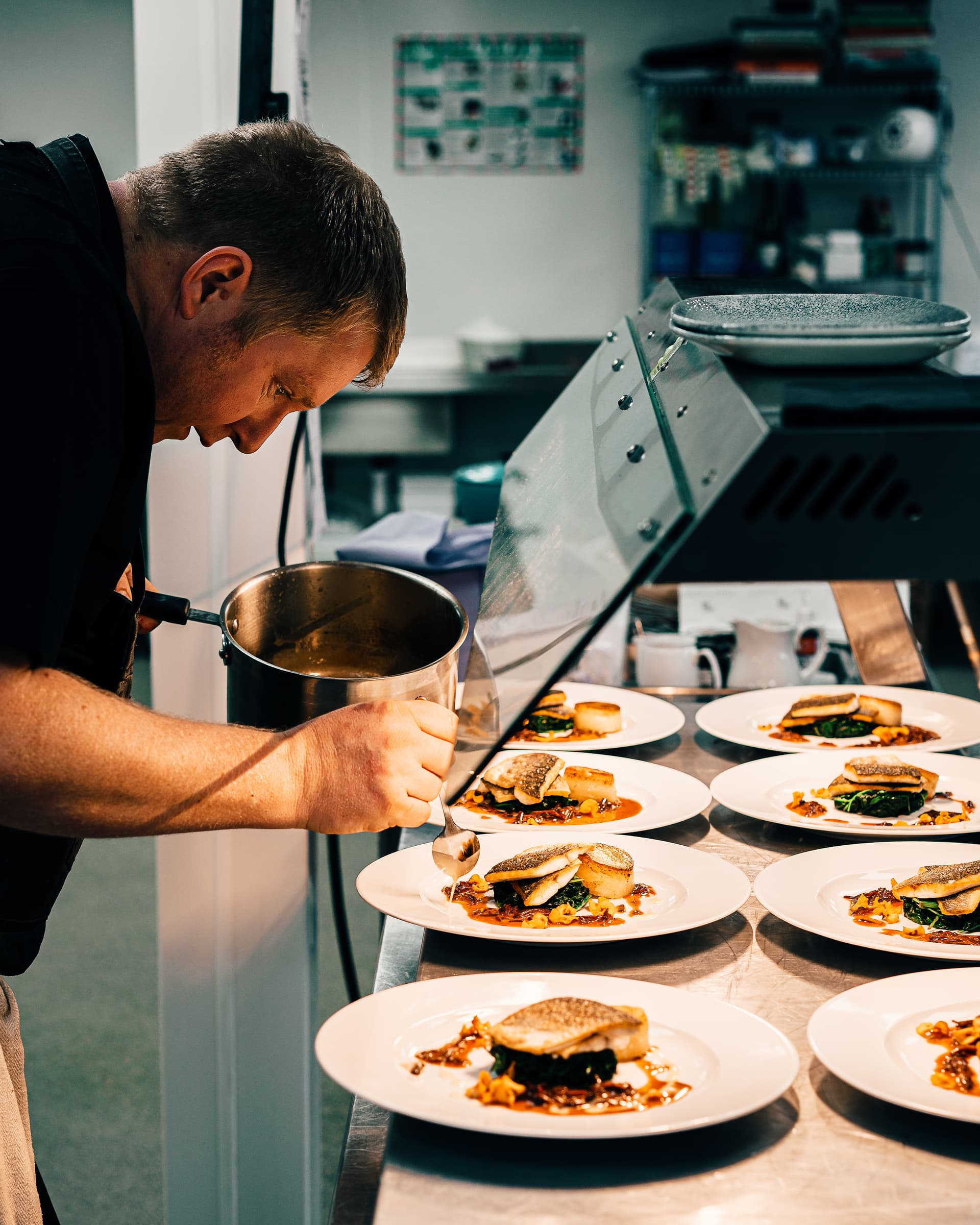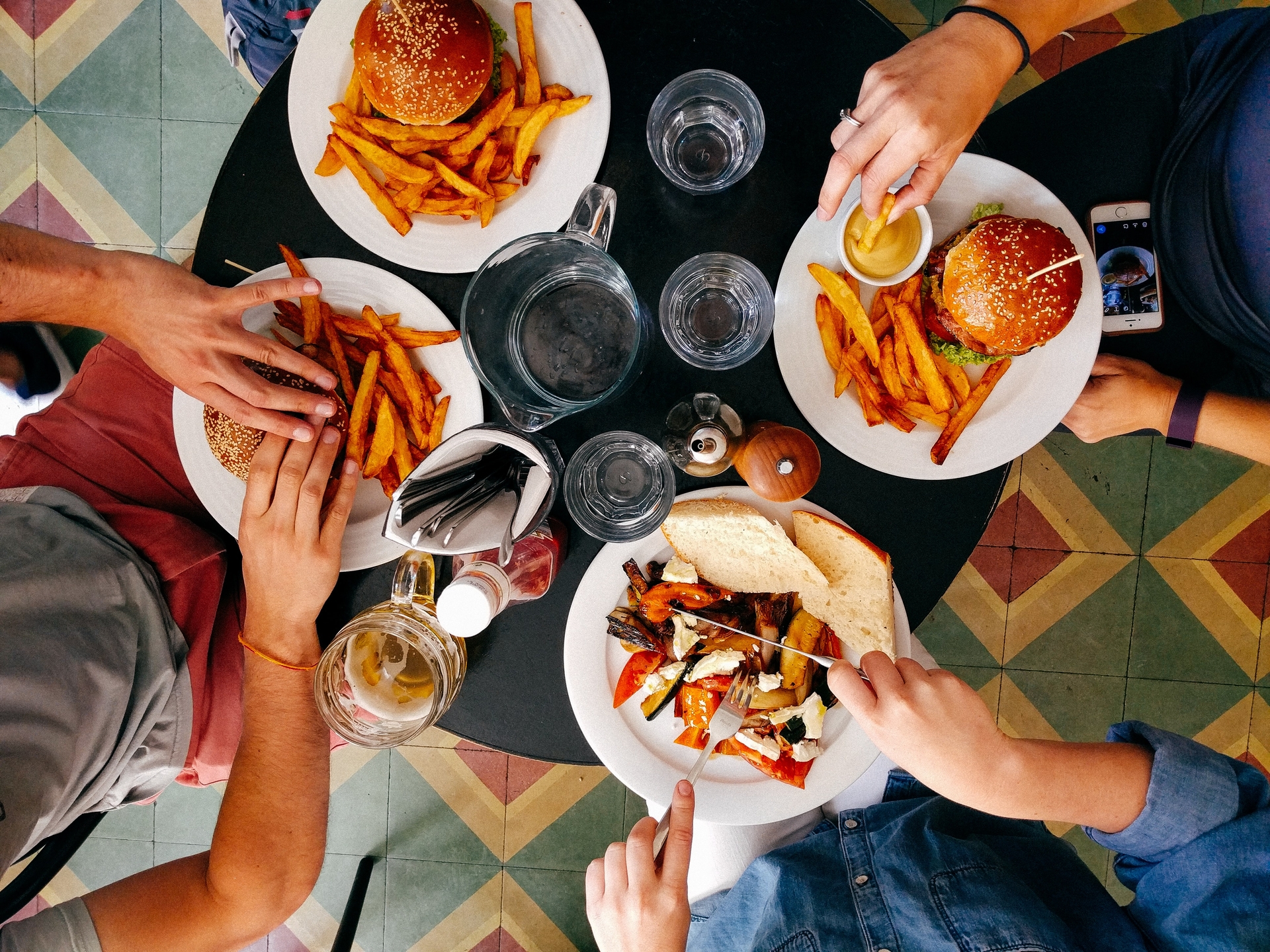
How to create a menu to make a meal fun?
A restaurant's menu is its engine – the leverage that encourages customers to visit and generates profits. No wonder then that a careful arrangement of this element is the key to effective marketing of any establishment, with or without stars. But what, in addition to fresh, tasty products, makes guests eager to return for more and willing to pay for it? An immersive emotional experience.
The catering theater takes it to the street
In recent years, in the best restaurants, a new standard of culinary experience has emerged, based on storytelling. The bar is definitely being raised, for example, by the Warsaw restaurant Bez Gwiazdek, where the boundary between gastronomy and theater fades. In the restaurant, the dishes are served by chef Robert Trzópek himself, who walks his guests through every serving. But there is one caveat: if the chef is not the center of attention, he will simply serve the meal in silence and withdraw.
However, to witness such a culinary storytelling show, you don't necessarily have to go bankrupt in Michelin-starred restaurants. During Easter in Greece or the summer season in San Sebastian, Spain, many restaurants grill meat straight on the curb, thus attracting potential guests. On the other hand, one place where you can learn more about your order is Krakow's Nu-Thai restaurant, Molam, which serves Thai food with a Bangkok nightlife vibe.

The magic of fine dining on the street
The race for the most creative and intriguing menu is the standard for fine dining restaurants. It is a common practice then that owners of "high-end" restaurants take advantage of the exclusivity of their brand, and the experience it promises, to expand their income potential. One of these is street food with a fine dining twist, which is thriving, especially in major cities. Chefs at New York's Rouge Tomate, a Michelin-starred restaurant, offer street food at the entrance to the Central Park Zoo. The titled Italians are not idle either. Cristina Bowerman and Mauro Uliassi of Rome's Glass Hostaria restaurant sell their snacks from a food truck "Uliassi Street Good Gang."
If you are interested in the power of psychology in gastronomy, we recommend the book "Gastrophysics" by Professor Charles Spence. He is a pioneer of gastrophysics as a field of human sensory research that combines psychology, neuroscience, and design. Spence shows how to experience new culinary sensations and get the most out of every meal by focusing not on what we eat, but primarily on what we are thinking about when eating.
Seasonal menus: the magic behind “limited edition”
A seasonal menu is a good way to enhance a restaurant's cuisine thanks to one of the primary enticement mechanisms: an aura of exclusivity. Those who do not make it to the restaurant on time could never have the second chance to try the specials again. The slogan "limited edition" is especially attractive for regular guests, for whom the regular menu might have become old news.
Seasonal menu requires lots of planning, but the whiff of freshness and the pleasant surprise effect they bring in provide considerable – and free! – social media publicity. In addition, the restaurant can cut costs by sourcing products from local suppliers at a good price, which will attract more socially conscious guests.
3 x theme platters ideas

All fun and play make the guest stay longer
If you want to stand out among the competition and encourage guests to stay longer, make sure that tapas are on your menu. According to an unwritten rule, these sets of tasty tidbits arranged on a board or plate should never be eaten alone. This attracts guests thirsty for interaction to the communal table and makes tapas bars loud and cheerful.
From a restaurateur's perspective, these seemingly inconspicuous menu items can turn out to be a real cash cow! Firstly, tapas boost the atmosphere of any catering business: they whet the appetite and stimulate conversation, which attracts more potential customers. Secondly, the informal atmosphere of tapas bars, with its invigorating environment, encourages revisits. Many tapas establishments enhance the guest experience with shows, such as bartending performances or live music. In the atmosphere of a tapas feast, guests find it much easier to share their impressions of the establishment on social media.
—------------------------------------------------------------------------------------------------------------------------
- https://www.webstaurantstore.com/article/89/menu-psychology-the-science-behind-menu-engineering.html
- https://aaronallen.com/blog/the-psychology-of-menu-design
- https://www.thedrinksbusiness.com/2015/12/restaurants-embracing-story-telling-trend/
- https://www.theforkmanager.com/en-au/blog/attract-clients-open-kitchen-restaurant
- https://sukces.rp.pl/kuchnia/art17727891-fine-dining-co-dalej-z-kuchnia-ktora-przegrywa-z-pandemia
- https://www.horecatrends.pl/gastronomia/114/fine_dining_w_polsce_jaka_przyszlosc_czeka_ten_sektor,10388.html
- https://enjoyyourstay.pl/fine-dining-kultura-kulinarnej-celebracji/
- https://blog.cambro.com/2015/04/03/kitchen-tours-the-next-step-in-customer-transparency/
- https://www.latimes.com/archives/la-xpm-1995-05-11-fo-64703-story.html
- https://foodism.co.uk/guides/chefs-tables-london/
- https://foodanddrink.scotsman.com/general/how-to-eat-lobster-a-guide-to-ordering-in-a-restaurant/
- https://www.travelandleisure.com/food-drink/best-dining-experiences-around-the-world
- https://www.finedininglovers.com/article/cooking-view-why-tastier-food-comes-open-kitchens
Related articles

